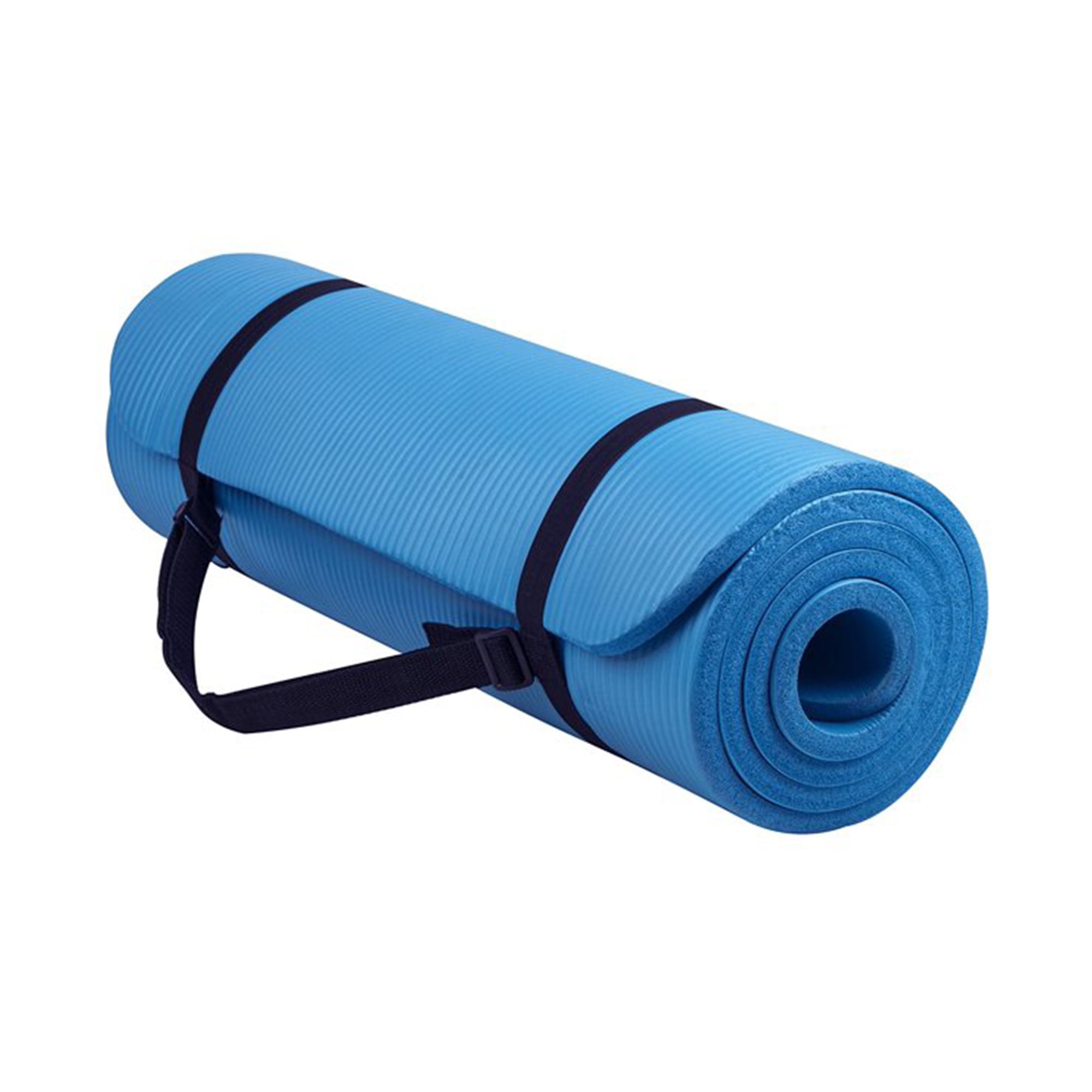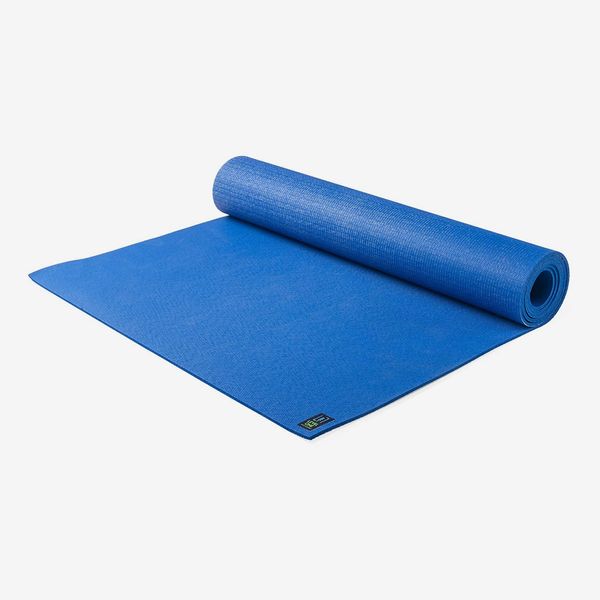How long is a yoga mat? Yoga has become increasingly popular in recent years, and for good reason. It offers a multitude of physical and mental benefits, including increased flexibility, strength, and stress relief. But in order to practice yoga comfortably and effectively, one essential item is required: a yoga mat. These mats provide a comfortable and supportive surface for yoga practice, and come in a variety of sizes, styles, and materials. In this comprehensive guide, we will explore the benefits of yoga mats, how to choose the right one for you, and some tips for caring for and maintaining your mat.
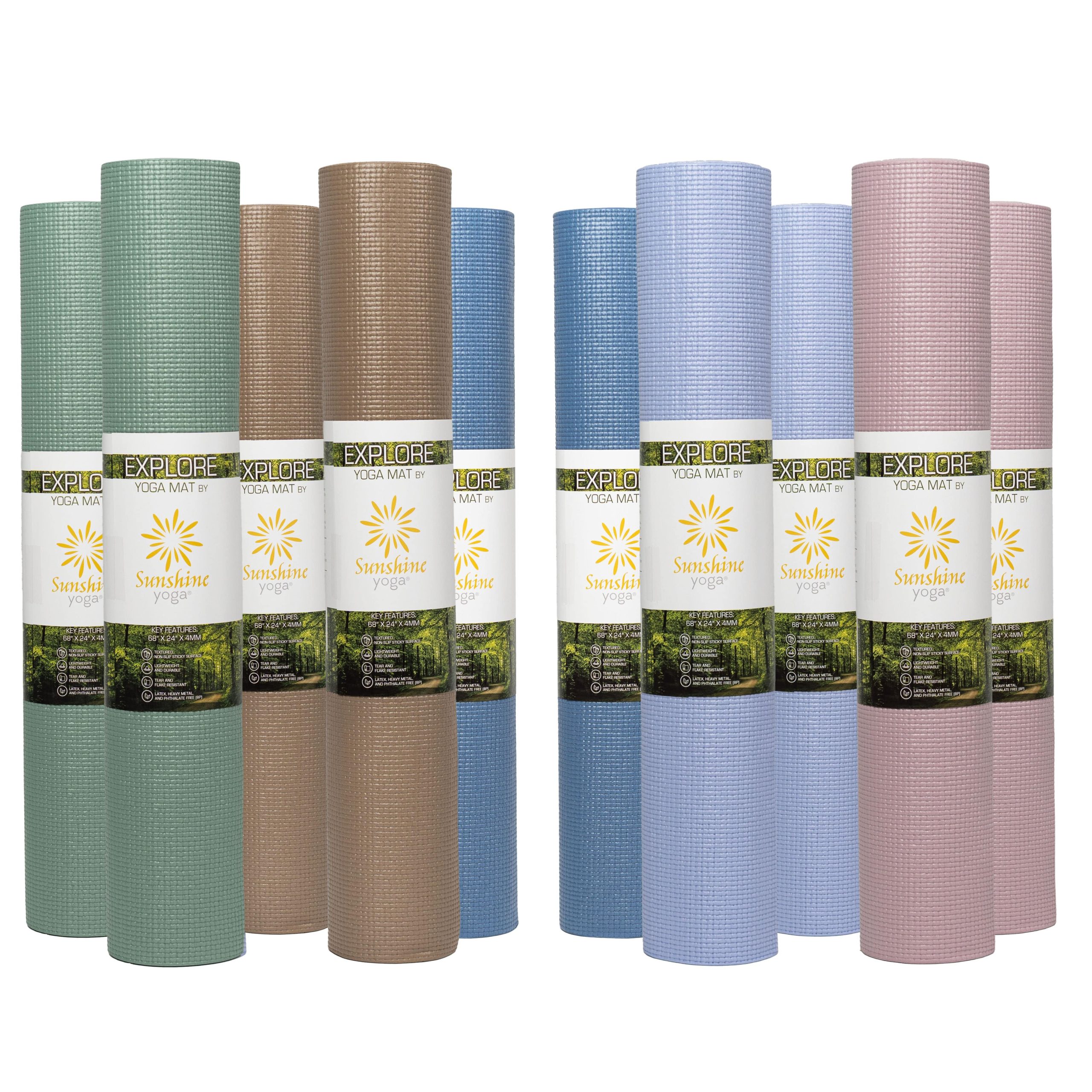
The Importance of a Yoga Mat
The primary purpose of a yoga mat is to provide a soft, non-slip surface for practicing yoga poses. This is especially important when practicing on hard or uneven surfaces, where a mat can offer cushioning and stability to prevent slipping and reduce the risk of injury. Additionally, yoga mats help to define a personal space for practice, and can be a barrier between the body and the floor, protecting against cold or dirty surfaces.
Choosing the Right Yoga Mat
When choosing a yoga mat, there are a few key considerations to keep in mind. First and foremost, consider the thickness of the mat. Thicker mats offer more cushioning, which can be helpful for those with sensitive joints or for practices that involve a lot of kneeling or lying on the mat. Thinner mats, on the other hand, are more portable and can provide a better connection to the ground, which some practitioners prefer for balance and stability.
Another important factor to consider is the material of the mat
Most yoga mats are made from PVC, which is durable and provides good grip, but can be less eco-friendly. Other options include natural rubber, which is biodegradable and provides excellent grip, but may have a stronger smell initially, and TPE, a newer, eco-friendly material that is lightweight and durable.
Size and portability are also important factors to consider when choosing a yoga mat. Standard yoga mats are typically 68 inches long and 24 inches wide, but larger or smaller options are available to suit different body sizes and practice styles. Consider whether you will be traveling with your mat, and opt for a lightweight and easily portable option if so.
Maintaining Your Yoga Mat
Once you have chosen the perfect yoga mat, it is important to take good care of it in order to prolong its lifespan and keep it clean and hygienic. Regularly cleaning your mat is essential, particularly if you practice hot yoga or tend to sweat a lot. Most yoga mats can be wiped down with a damp cloth and mild detergent, or sprayed with a solution of water and vinegar and wiped clean.
To prevent your mat from deteriorating over time, avoid leaving it in direct sunlight, as this can cause the material to degrade. When rolling up your mat for storage, be sure to roll it with the top surface facing outwards, to prevent the corners from curling up over time. Lastly, consider investing in a mat bag or carrying strap to keep your mat protected and make it easier to transport to and from your practice space.
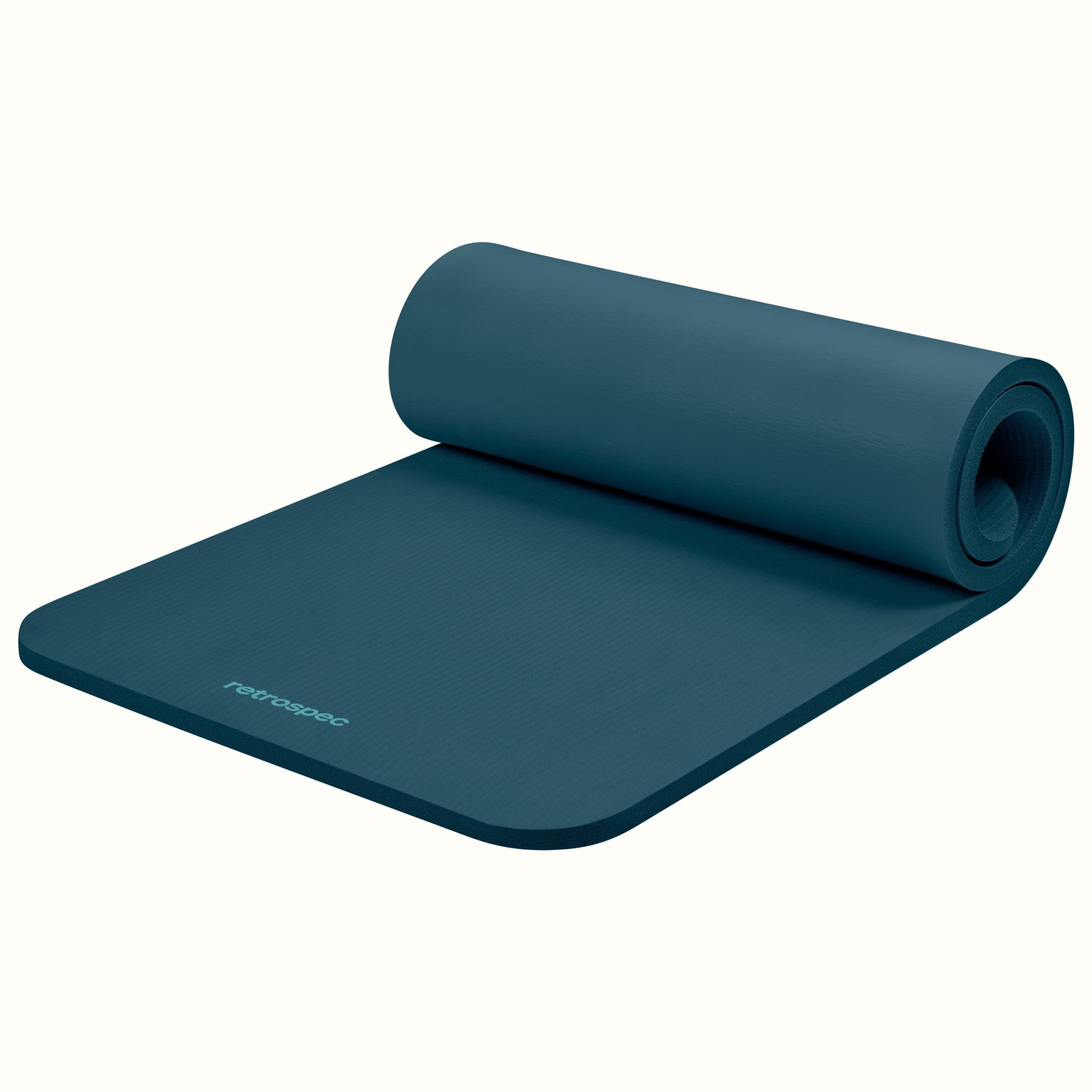
How to use yoga mat
Yoga is a practice that brings physical, mental, and spiritual well-being to those who embrace it. One of the key components of yoga is the yoga mat, an essential tool that supports and enhances the practice. Whether you are a seasoned yogi or a beginner, understanding how to use your yoga mat properly is crucial to getting the most out of your practice.
Selecting Your Yoga Mat
When it comes to selecting a yoga mat, there are several factors to consider. The first and most important factor to consider is the thickness of the mat. Thicker mats provide more cushioning and support, making them ideal for individuals with joint pain or those who practice on hard surfaces. Thinner mats, on the other hand, are lightweight and portable, making them an excellent choice for frequent travelers or individuals who practice yoga on the go.
Another consideration when choosing a yoga mat is the material. Yoga mats come in a variety of materials, including rubber, PVC, and eco-friendly options such as natural rubber or cork. Each material has its own unique benefits and drawbacks, so it’s important to consider your own preferences and needs when selecting a mat.
Caring for Your Yoga Mat
Once you have selected the perfect yoga mats for your needs, it’s important to care for it properly in order to prolong its lifespan and keep it in top condition. One of the most important things you can do to care for your yoga mat is to clean it regularly. Sweat, dirt, and oils from your skin can build up on your mat over time, leading to a slippery surface and unpleasant odors. To clean your yoga mat, simply wipe it down with a damp cloth and a mild detergent, or use a yoga mat spray for a quick and easy solution.
In addition to regular cleaning, it’s important to store your yoga mat properly when it’s not in use. Rolling your mat loosely and storing it in a cool, dry place will help prevent it from becoming misshapen or damaged. Some yoga mats come with a carrying strap or bag for easy transportation and storage, so be sure to take advantage of these features to keep your mat in great condition.
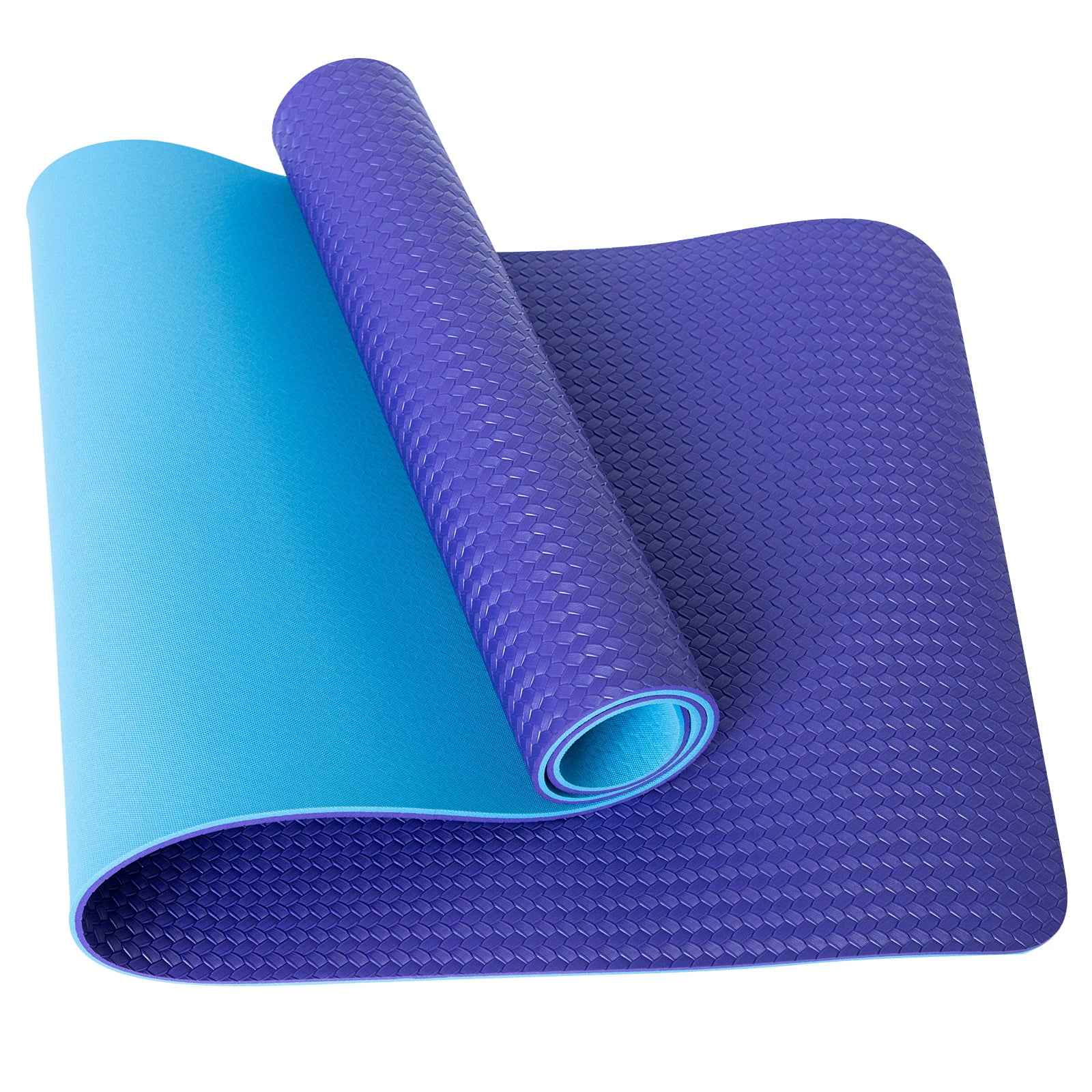
Using Your Yoga Mat During Your Practice
Once you have selected and cared for your yoga mat, it’s time to put it to use during your yoga practice. The way you use your yoga mat will depend on the type of yoga you practice and the specific poses and sequences you will be performing. However, there are a few general tips to keep in mind when using your yoga mat during your practice.
First, be sure to position your mat on a flat, level surface to ensure stability and safety during your practice. If you are practicing on a hard surface, such as wood or tile, you may want to consider using a thicker mat for additional cushioning and support. Conversely, if you are practicing on carpet or grass, a thinner mat may be more appropriate.
During your practice, pay attention to your alignment and positioning on your mat. Many yoga mats come with alignment guides or markings to help you maintain proper form during your practice. Use these guides to ensure that you are positioning yourself correctly and getting the most out of each pose.
In addition to alignment, it’s important to use your yoga mats as a tool for grounding and stability during your practice. The sticky surface of most yoga mats provides traction and prevents slipping, allowing you to move more confidently and safely through your practice. Use this traction to your advantage by pressing firmly into the mat and engaging your muscles for added stability.
Conclusion
In conclusion, a yoga mats is an essential tool for any yoga practitioner, providing support, stability, and a comfortable surface for practice. By choosing the right mat for your needs and taking good care of it, you can enjoy all the benefits of a mat for many years to come. Whether you practice yoga at home, in a studio, or while traveling, a high-quality yoga mats can enhance your practice and contribute to your overall health and well-being.
